- 路 Microwave
- 路 Atmospheric Pressure Microwave 路 Pressure Microwave 路 Parallel Microwave
- 路 Ultrasonic 路Low Temperature Ultrasound
- 路 Ultraviolet Light
- 路 Microwave Heating 路 Atmospheric Pressure Synthesis 路 Atmospheric Pressure Catalysis 路 Atmospheric Pressure Extraction
- 路 Sample Preparation 路 Microwave Digestion
- 路 Soil Digestion 路 High Pressure Synthesis
- 路 Solid Phase Synthesis
- 路 Organic Synthesis
- 路 Ionic Liquid Synthesis
- 路 Degradation Of Natural Organic Matter
- 路 Natural Product Extraction / Purification
河北祥鹄科学仪器有限公司
205 Preparation and characterization of the graft copolymer of chitosan with poly[rosin-(2-acryloyloxy)ethyl ester]
This paper, written by researchers from Guangxi University and others, discusses Preparation and characterization of the graft copolymer of chitosan with poly[rosin-(2-acryloyloxy)ethyl ester] . The paper is published in an important journal < Carbohydrate Polymers >. IF:5.158.
In recent years, the research work of microwave chemical instrument used in the synthesis of materials has become a hot direction of scientific research, which has been paid great attention to by many scholars!
Graft copolymerization of rosin-(2-acryloyloxy)ethyl ester (RAEE) onto chitosan (Cts) was carried out under microwave irradiation using potassium persulfate as an initiator. The structures, morphology, and thermal properties of the Cts graft copolymer (Cts-g- PRAEE) were characterized by means of FT-IR, XRD, SEM, and TG. Also, Cts and Cts-g-PRAEE copolymer were used as carriers of fenoprofen calcium (FC), and their controlled release behavior in artificial intestinal juice were studied. The results show that the rate of release of fenoprofen calcium from the carrier of Cts-g-PRAEE copolymer becomes very slower than that of Cts in artificial intestinal juice.

Fig.1/4↑

Fig.2/4↑

Fig.3/4↑
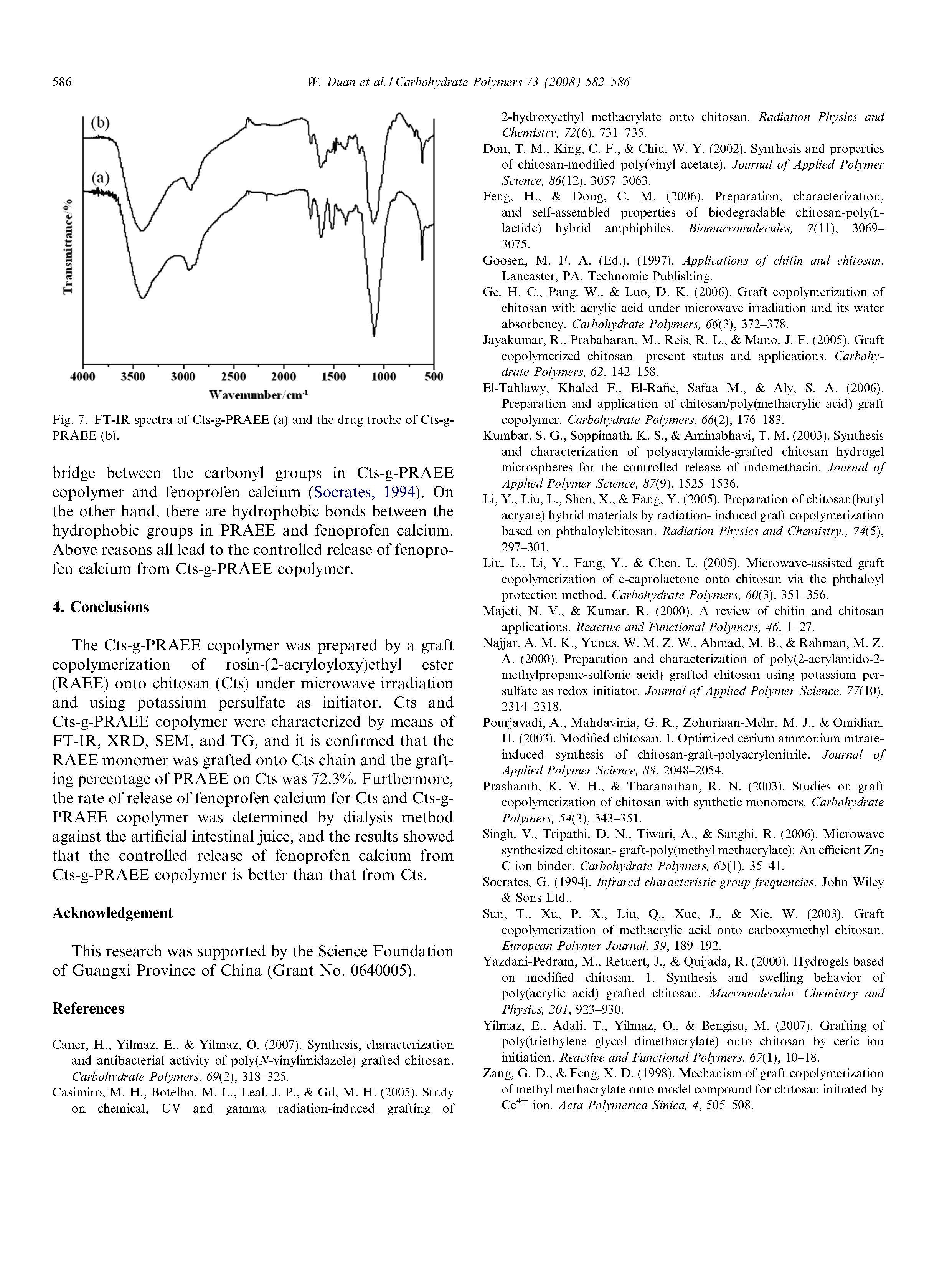
Fig.4/4↑
The Cts-g-PRAEE copolymer was prepared by a graft copolymerization of rosin-(2-acryloyloxy)ethyl ester (RAEE) onto chitosan (Cts) under microwave irradiation and using potassium persulfate as initiator. Cts and Cts-g-PRAEE copolymer were characterized by means of FT-IR, XRD, SEM, and TG, and it is confirmed that the RAEE monomer was grafted onto Cts chain and the grafting percentage of PRAEE on Cts was 72.3%. Furthermore, the rate of release of fenoprofen calcium for Cts and Cts-g- PRAEE copolymer was determined by dialysis method against the artificial intestinal juice, and the results showed that the controlled release of fenoprofen calcium from Cts-g-PRAEE copolymer is better than that from Cts.
Chitosan (degree of deacetylation >92.6%) and fenoprofen calcium (degree of deacetylation >98%) were purchased from Guangxi Beihai Maogen Chitin Factory (Guangxi, China) and Jiangsu Nantong Chemical Co., Ltd., (Jiangsu, China), respectively. Rosin-(2-acryloyloxy)ethyl ester (RAEE) was synthesized as follows: firstly, p-toluenesulfonic acid-(2-acryloyloxy)ethyl ester (TAEE) was synthesized by o-acylation reaction of p-toluenesulfonyl chloride (TsCl) with 2-hydroxyethyl acrylate (HEA) using NaOH as catalyst at 0 oC for 2 h, then, RAEE was obtained by nucleophilic substitution reaction of TAEE with sodium rosinate at 60 oC for 3 h. Methanol (Chengdu Kelong chemical reagent Co., China, P99.5%), ethyl acetate (Chengdu Kelong chemical reagent Co., China, P99.5%), and tris(hydroxymethyl)aminomethane (Shanghai chemical reagent Co., China, P99.5%) were used as received. A Xianghu microwave-induced synthesis/extraction apparatus (XH-100B), produced by Beijing Xianghu science and technology development Co., Ltd., China, was employed in the graft copolymerization.

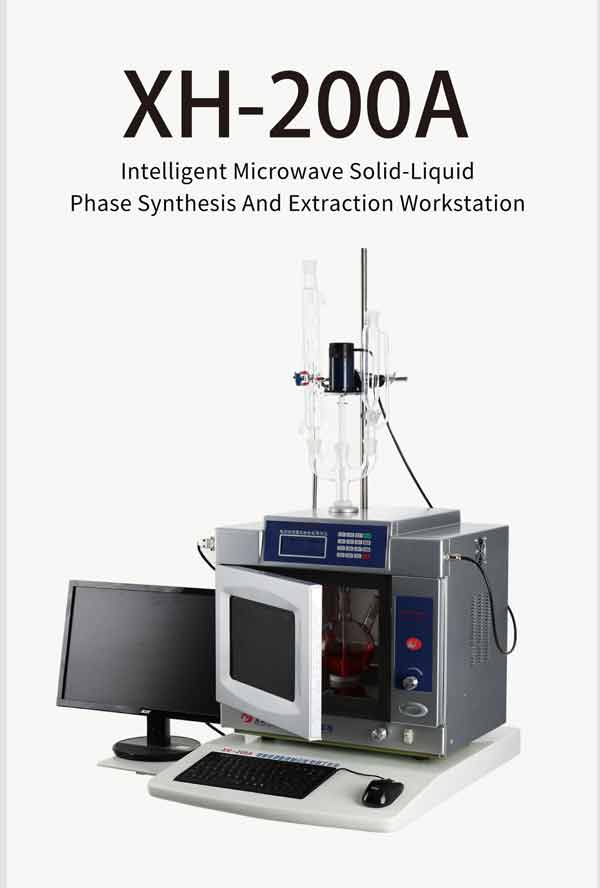
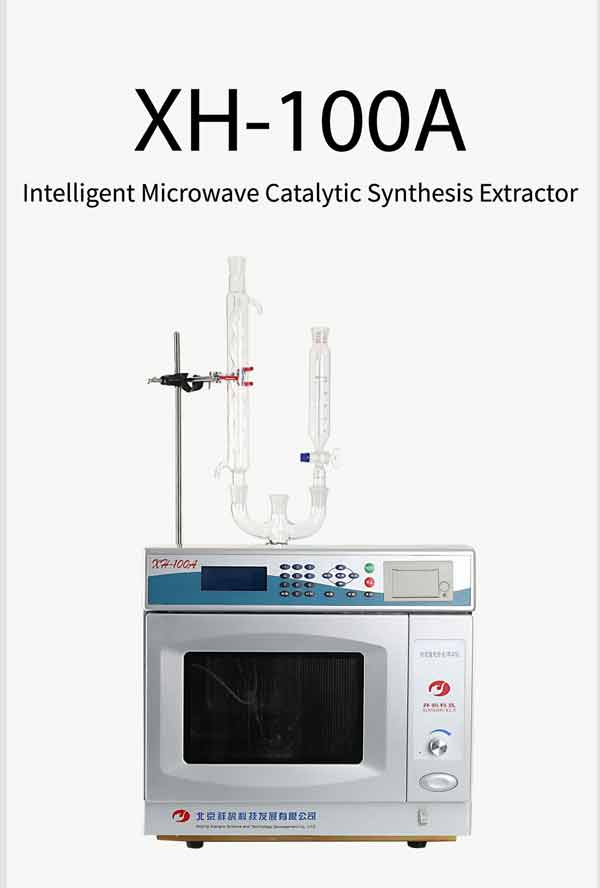
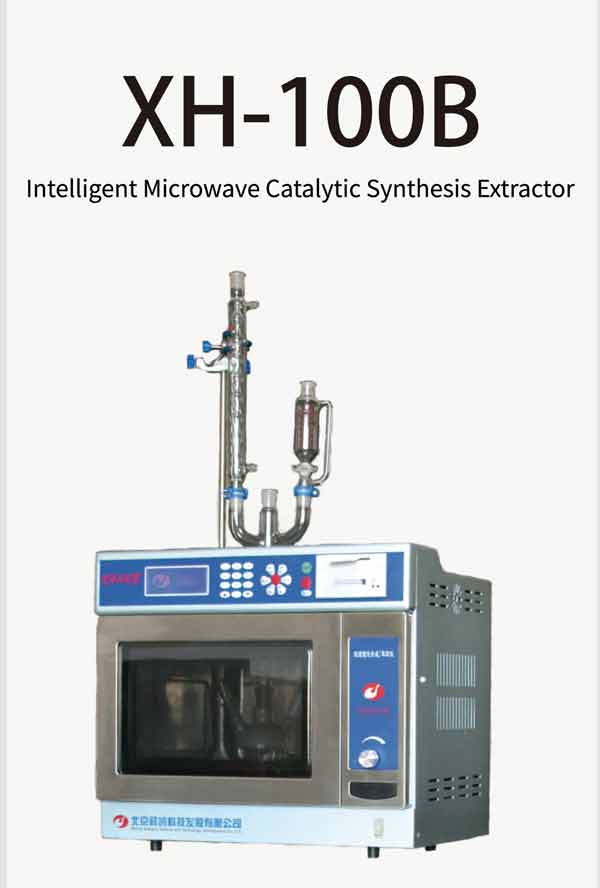
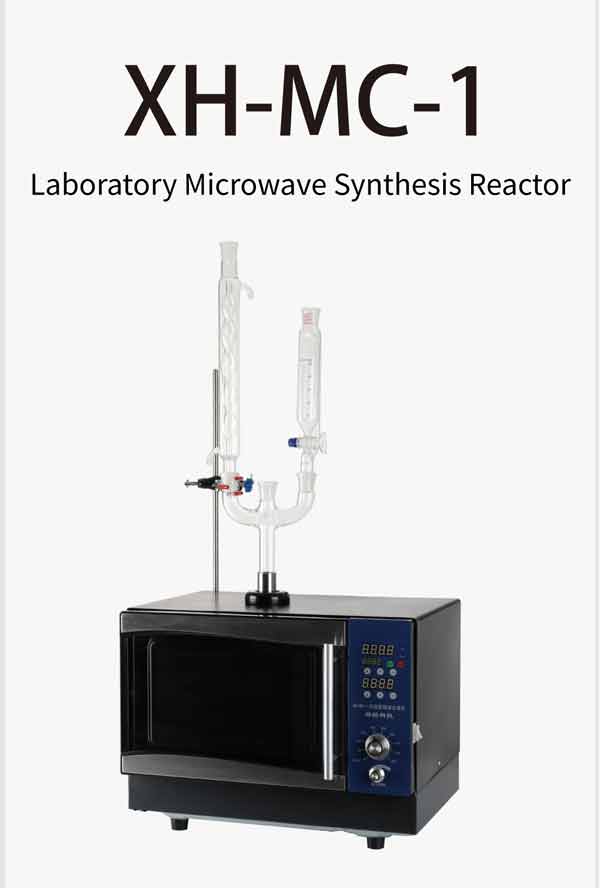
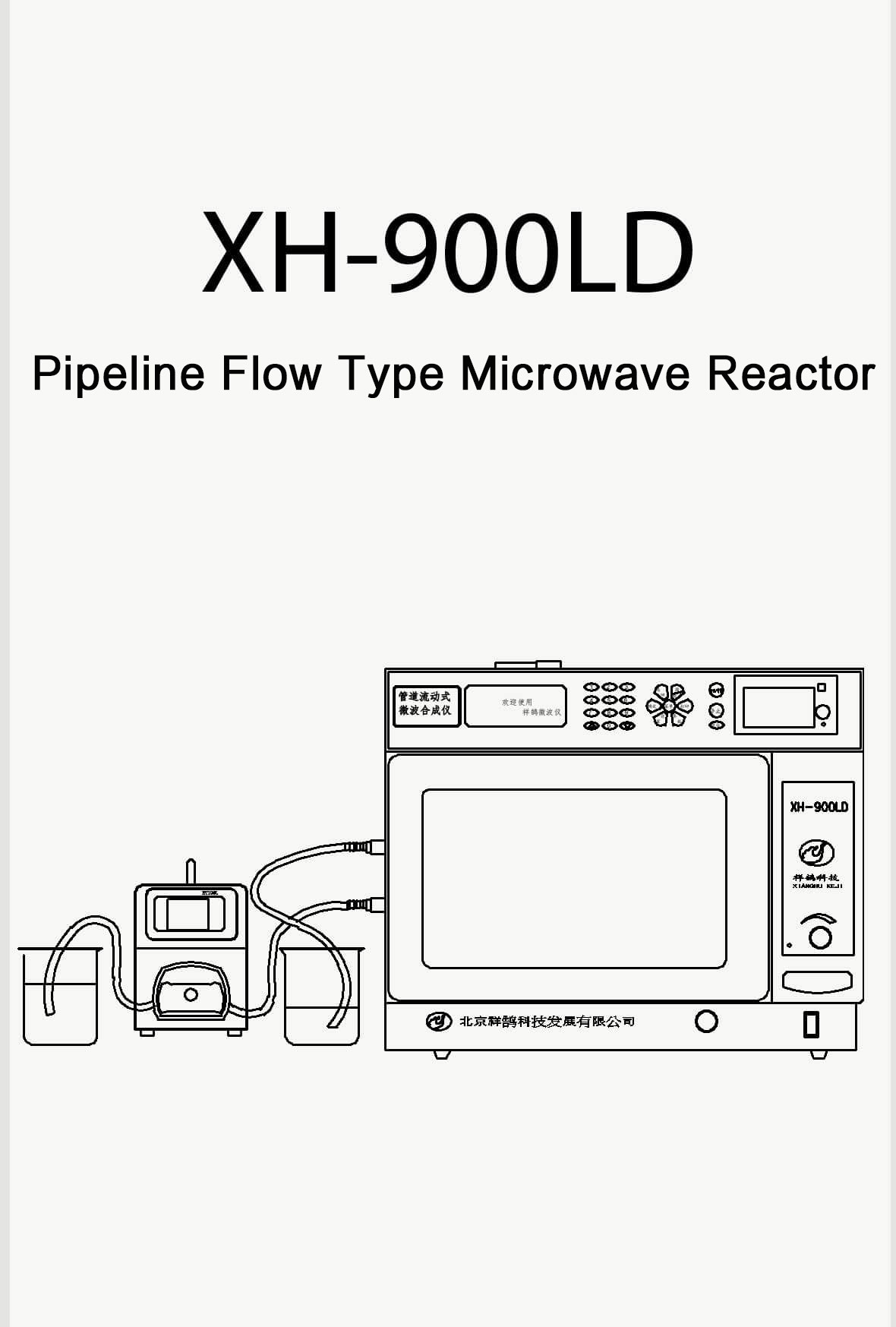
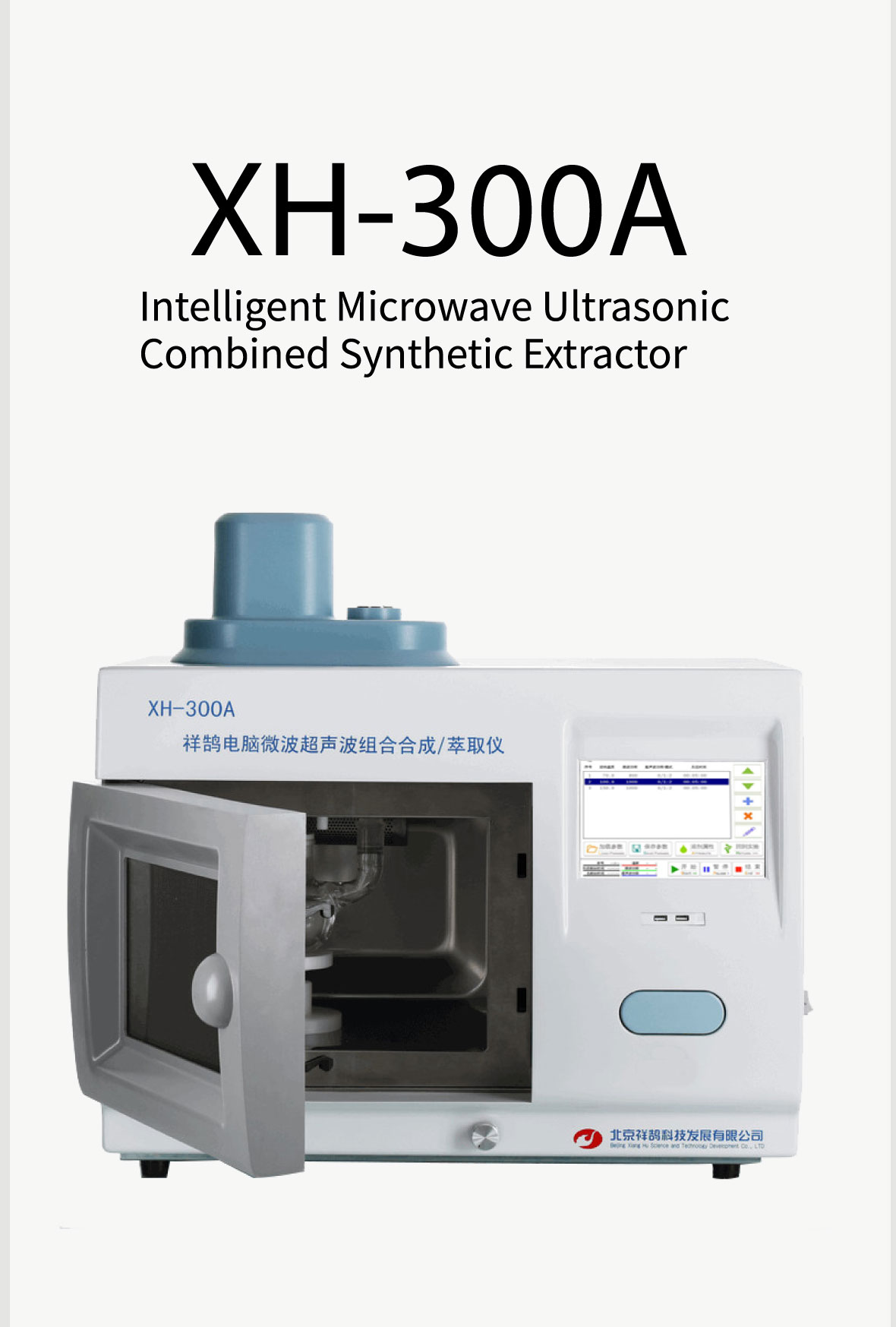
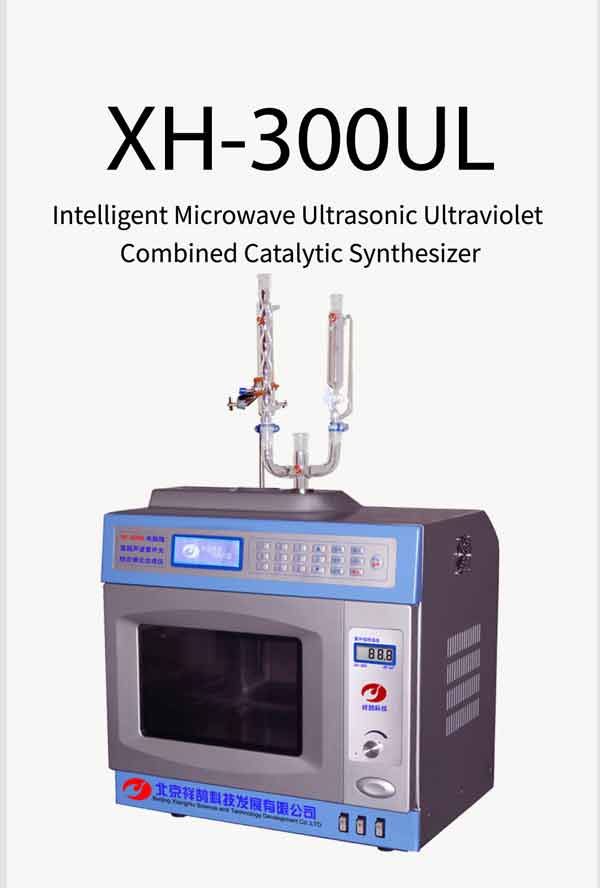
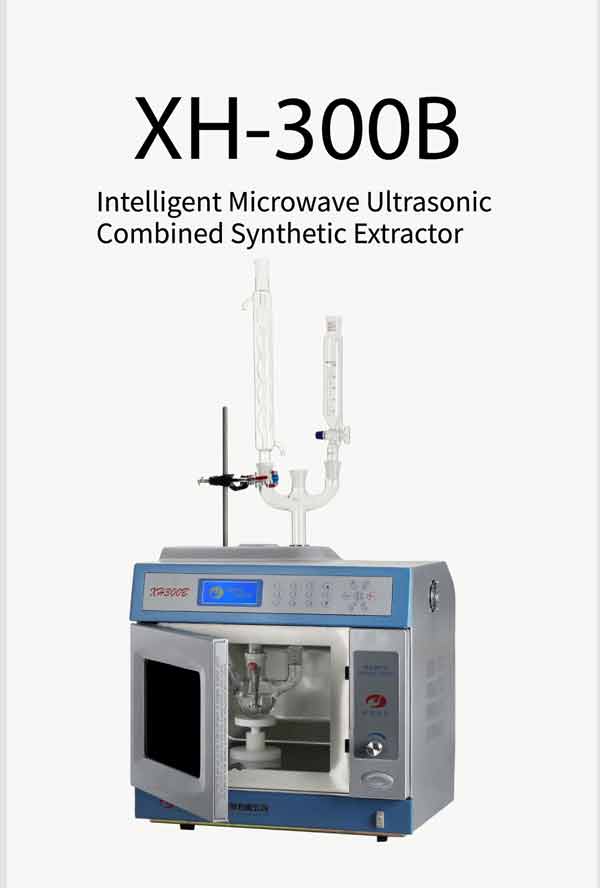

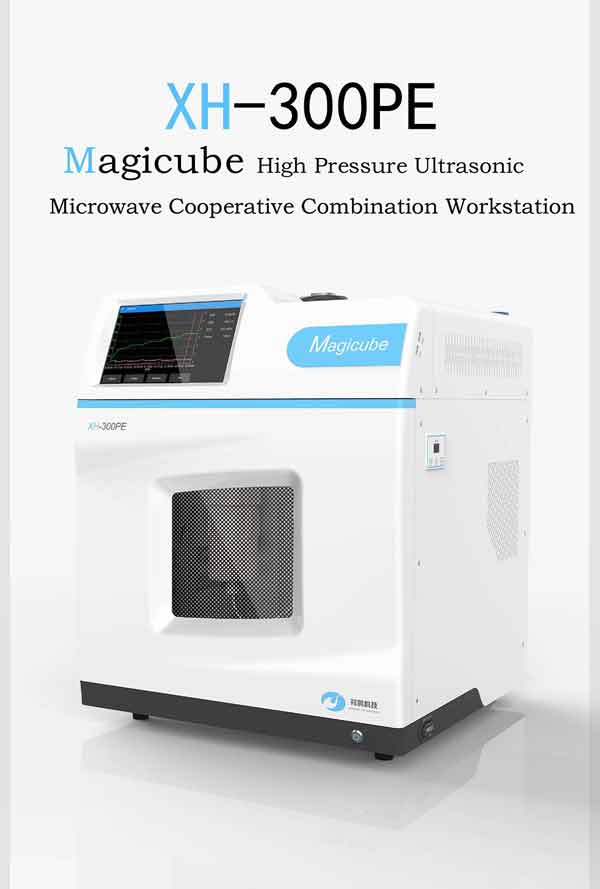
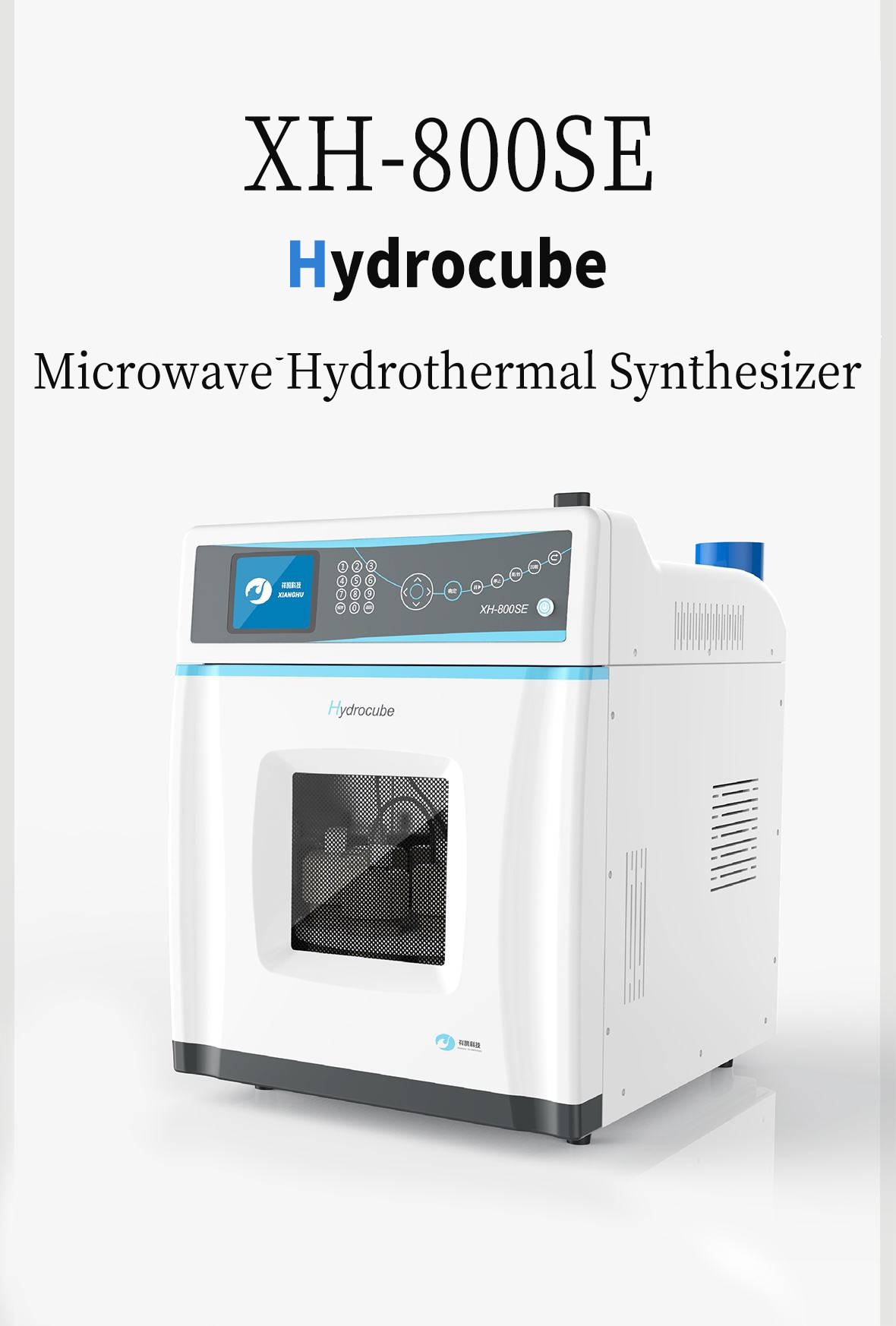
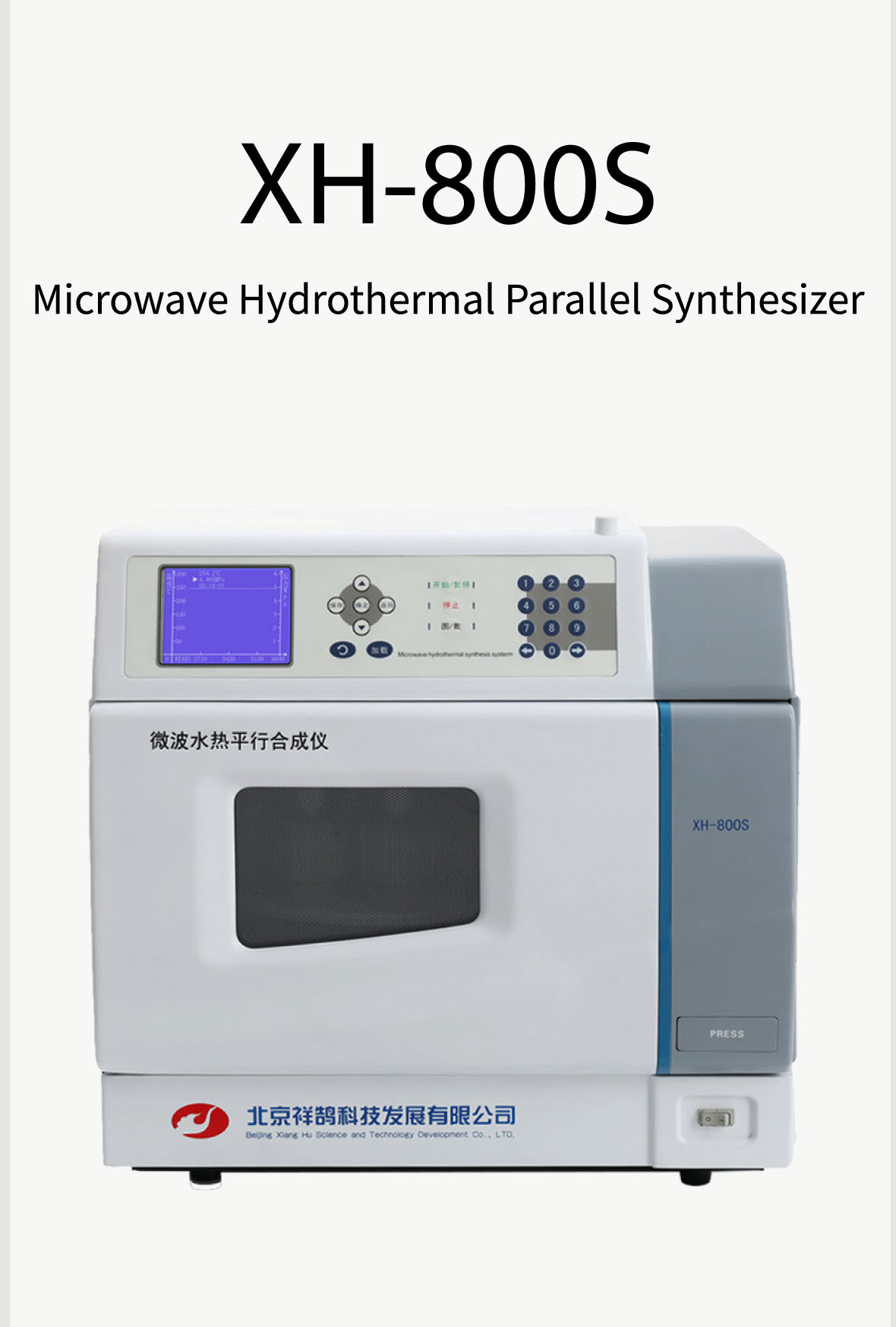
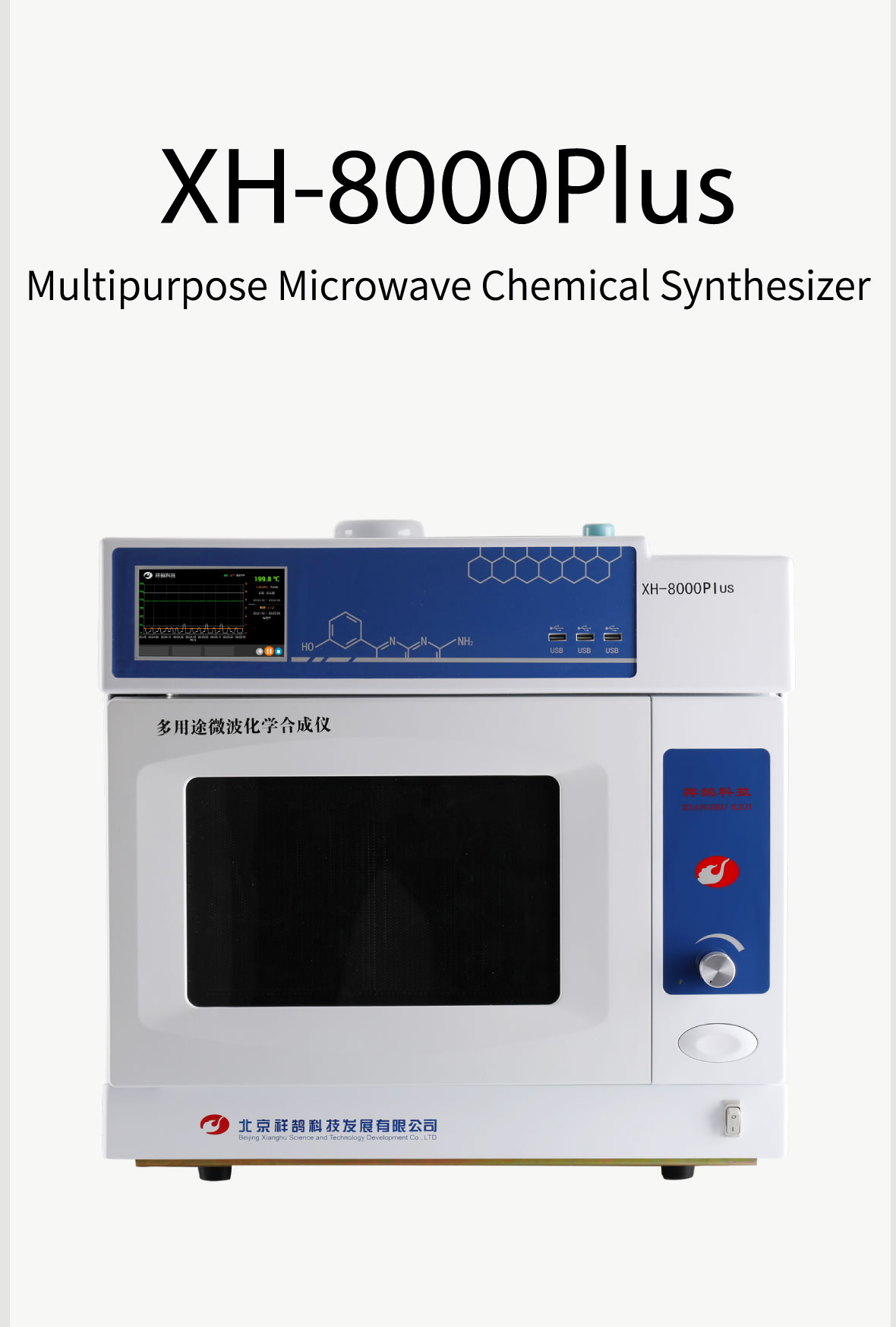
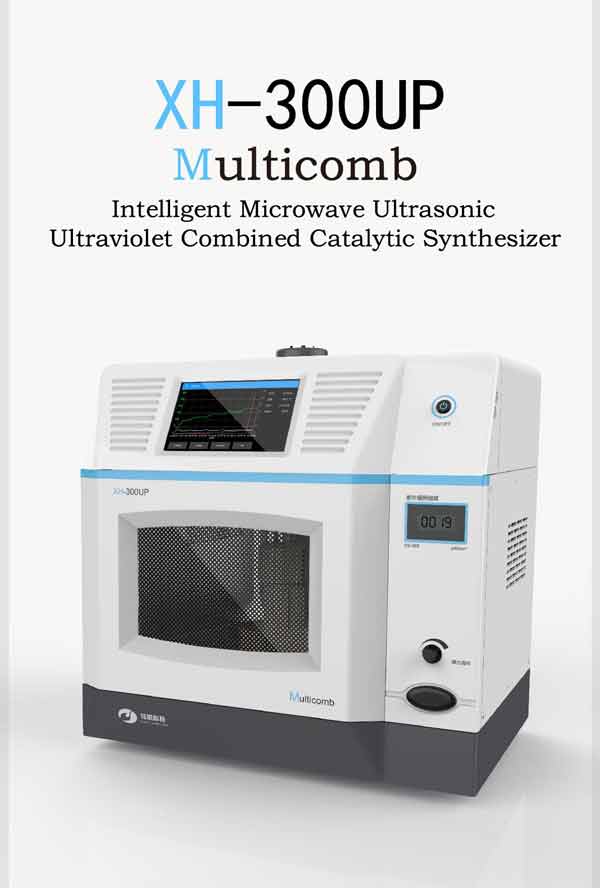
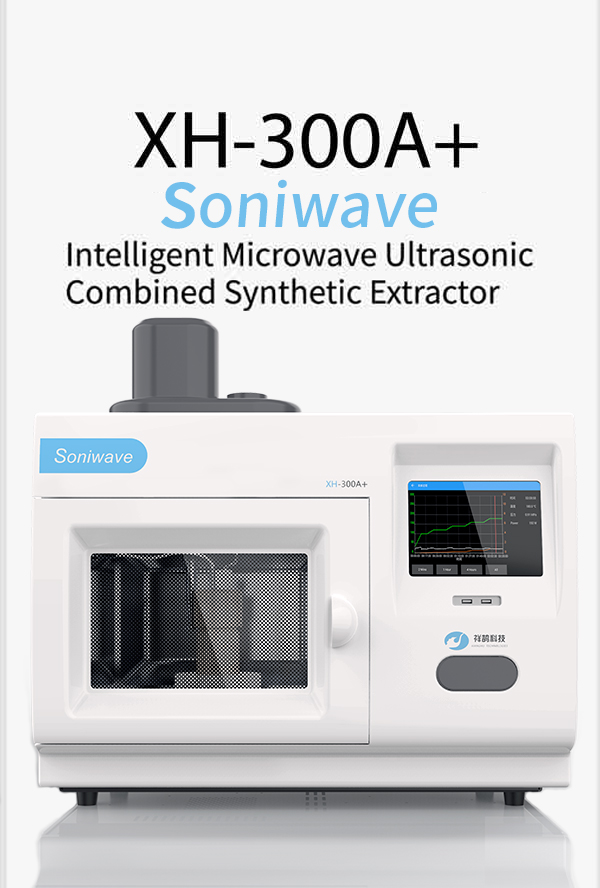
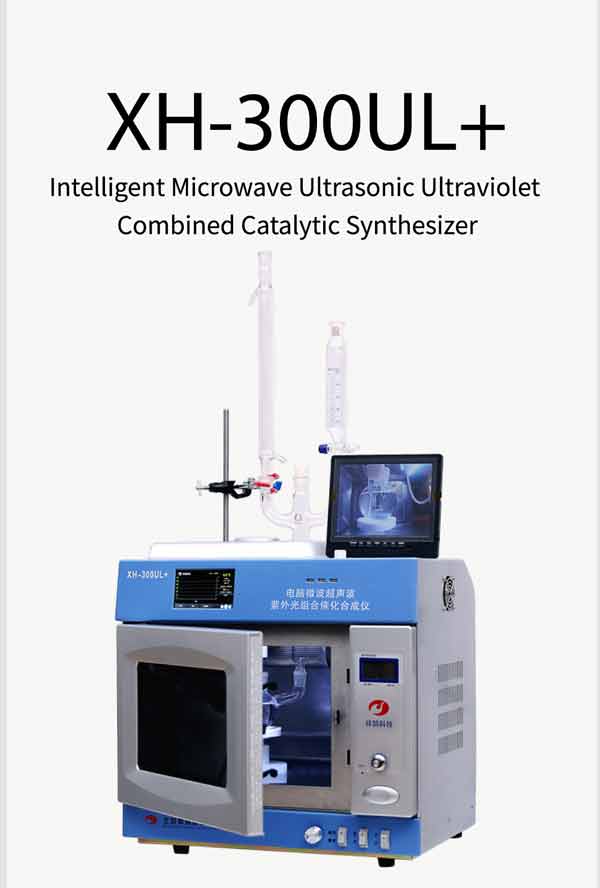
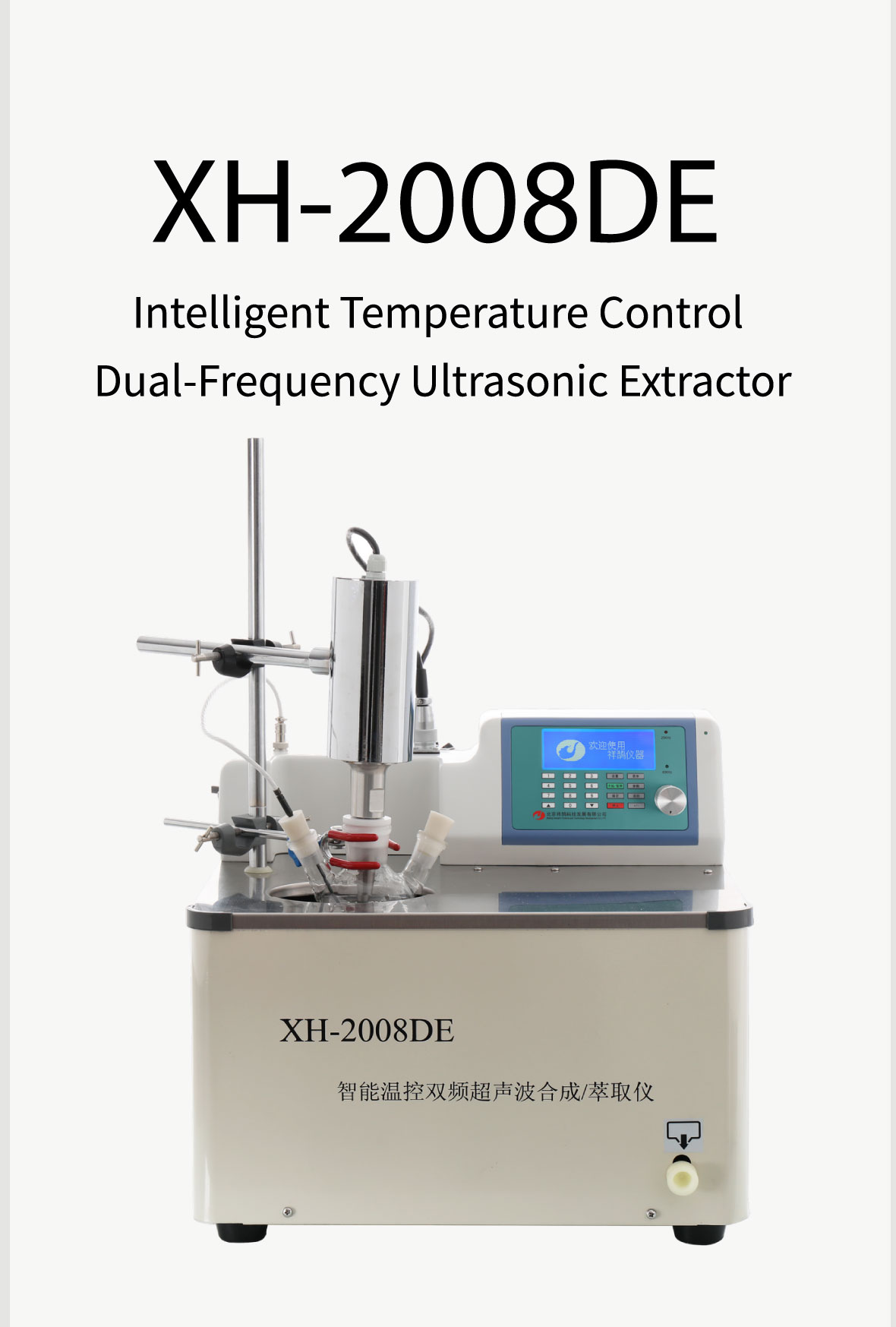
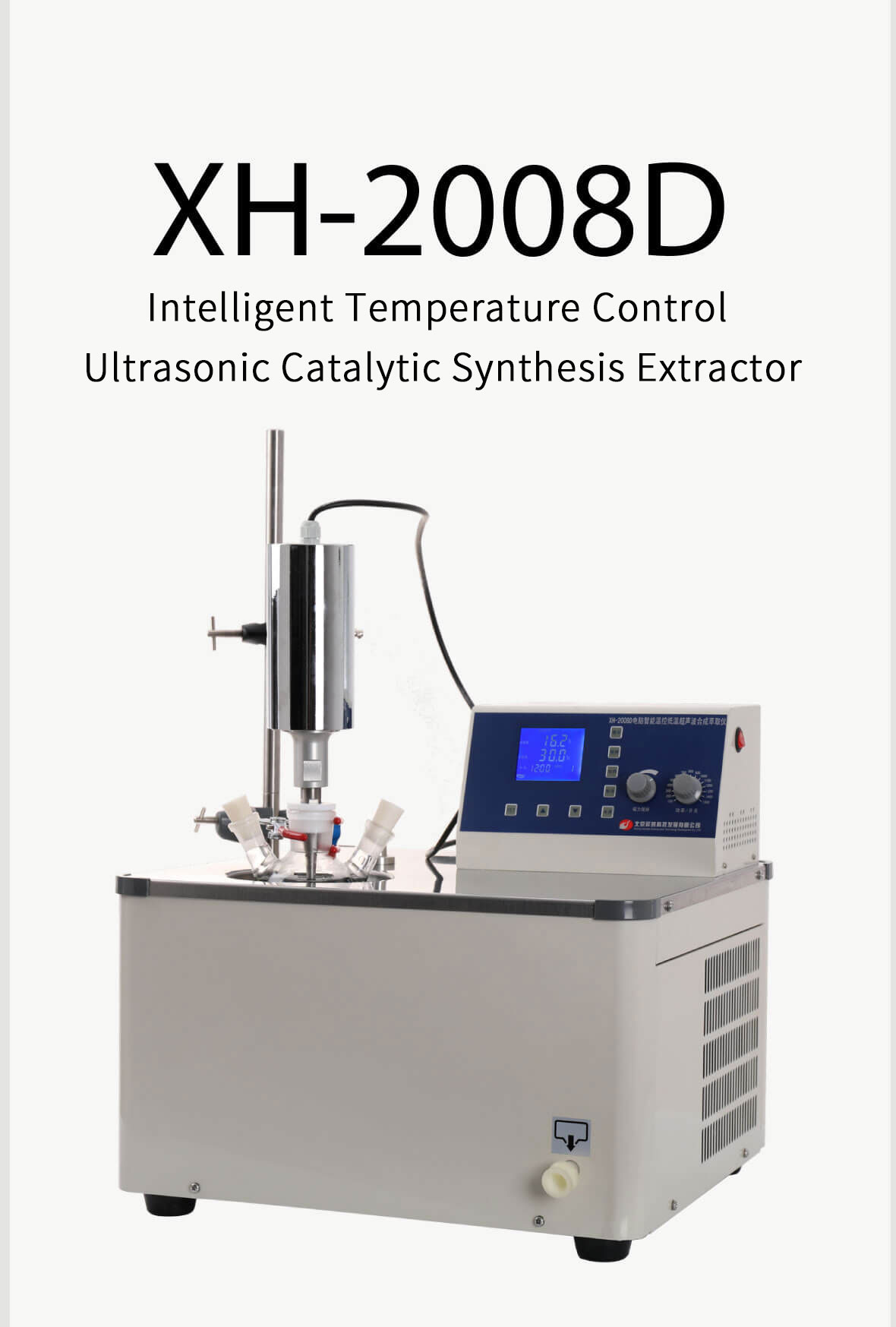


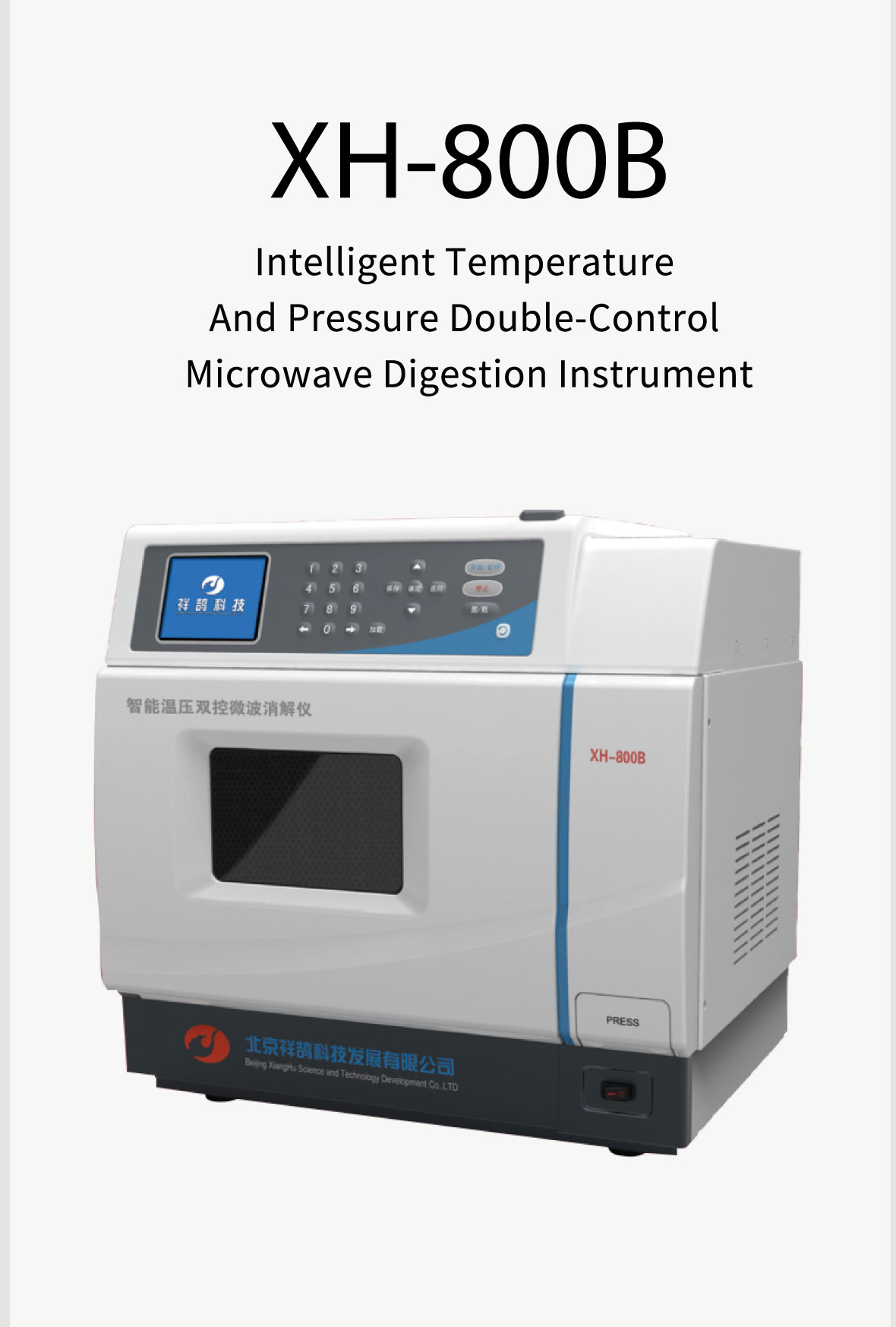
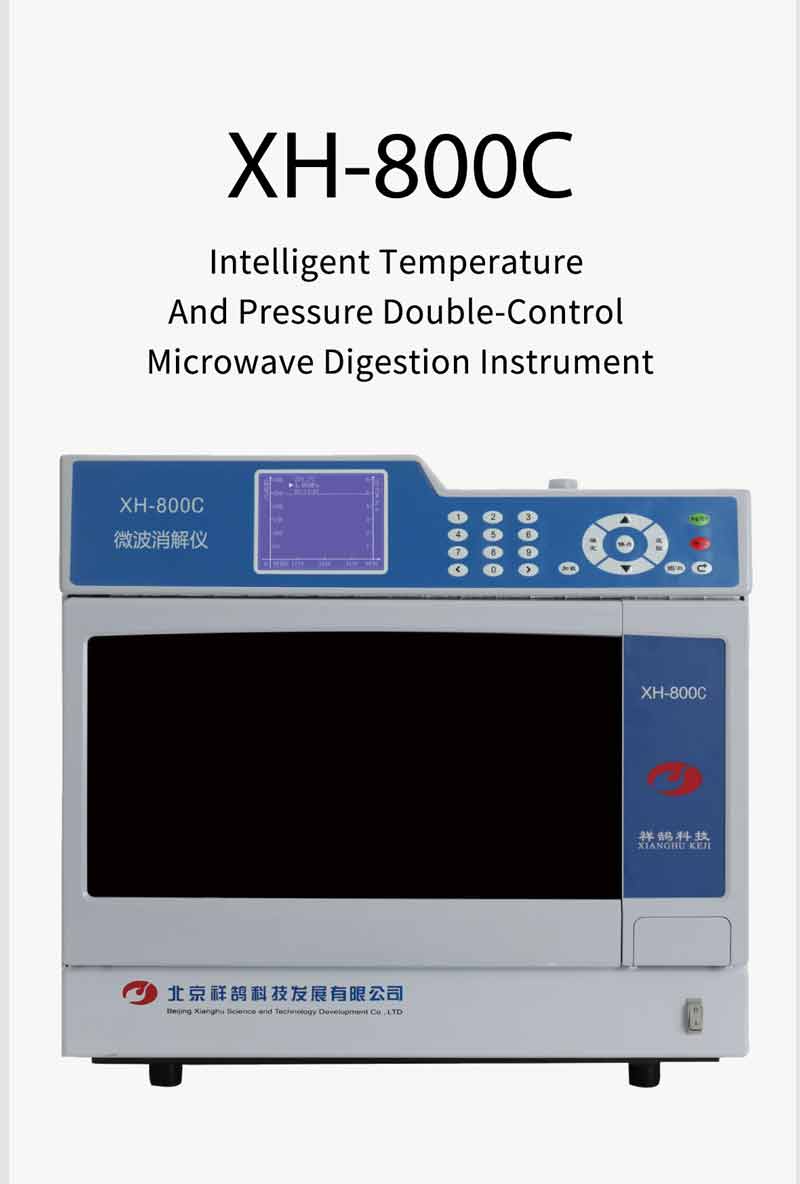
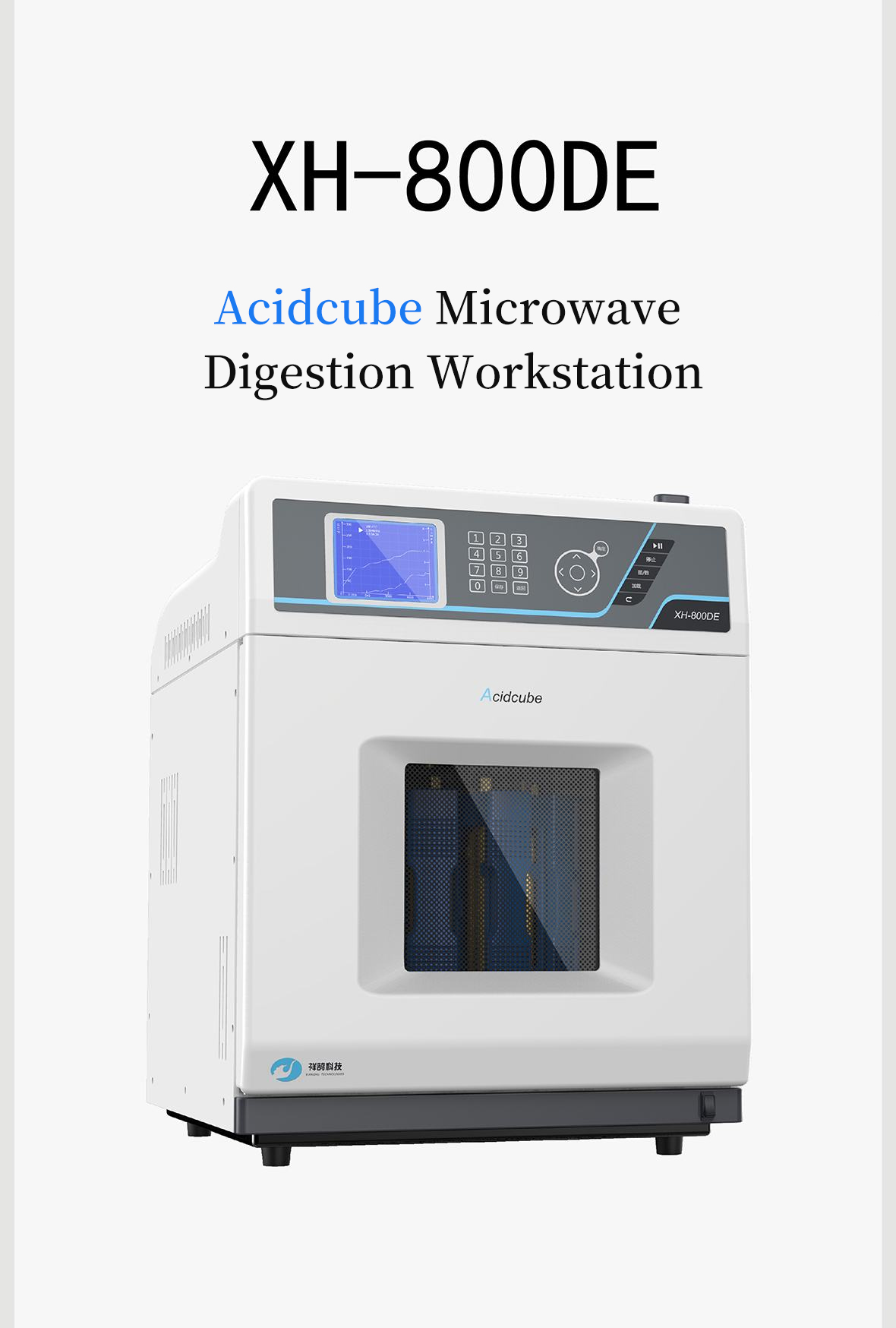
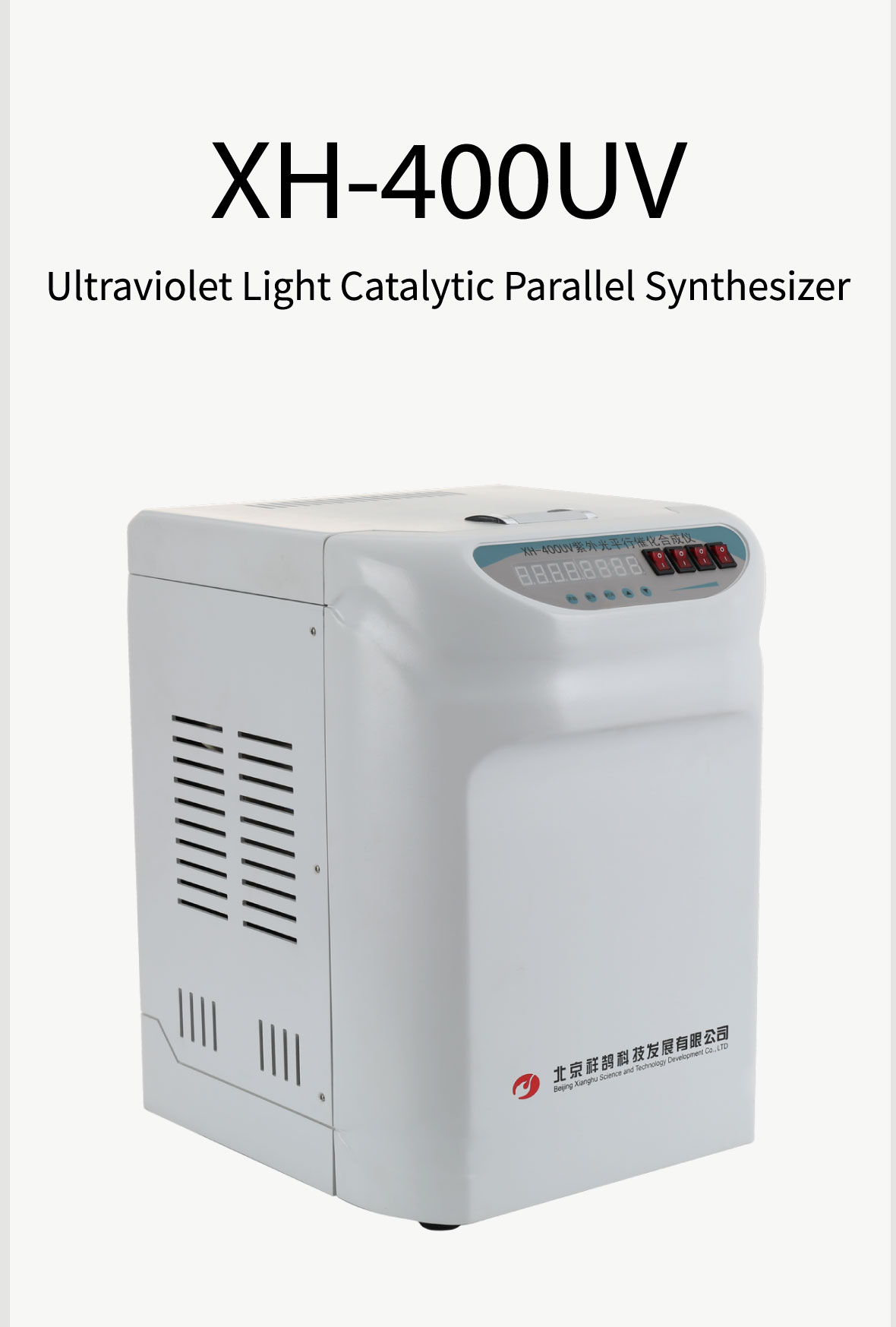
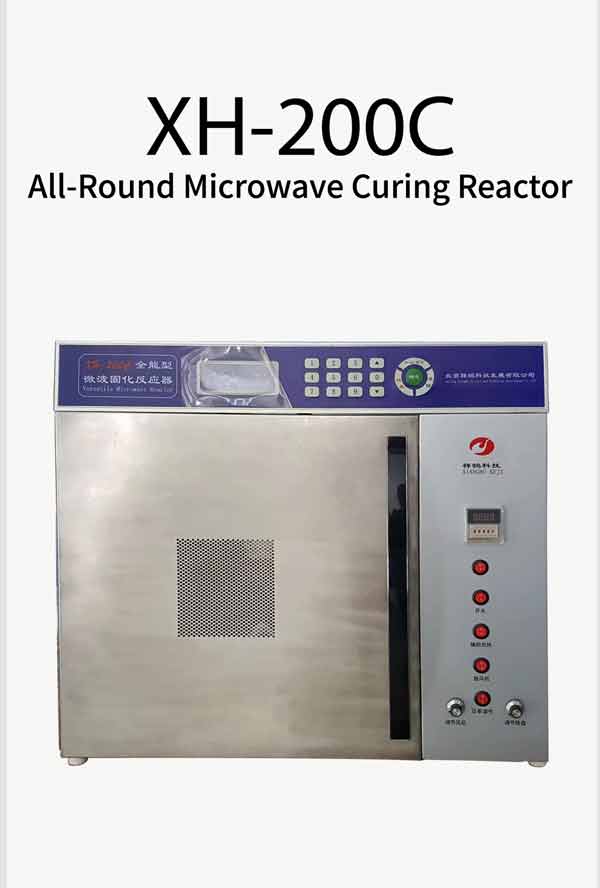
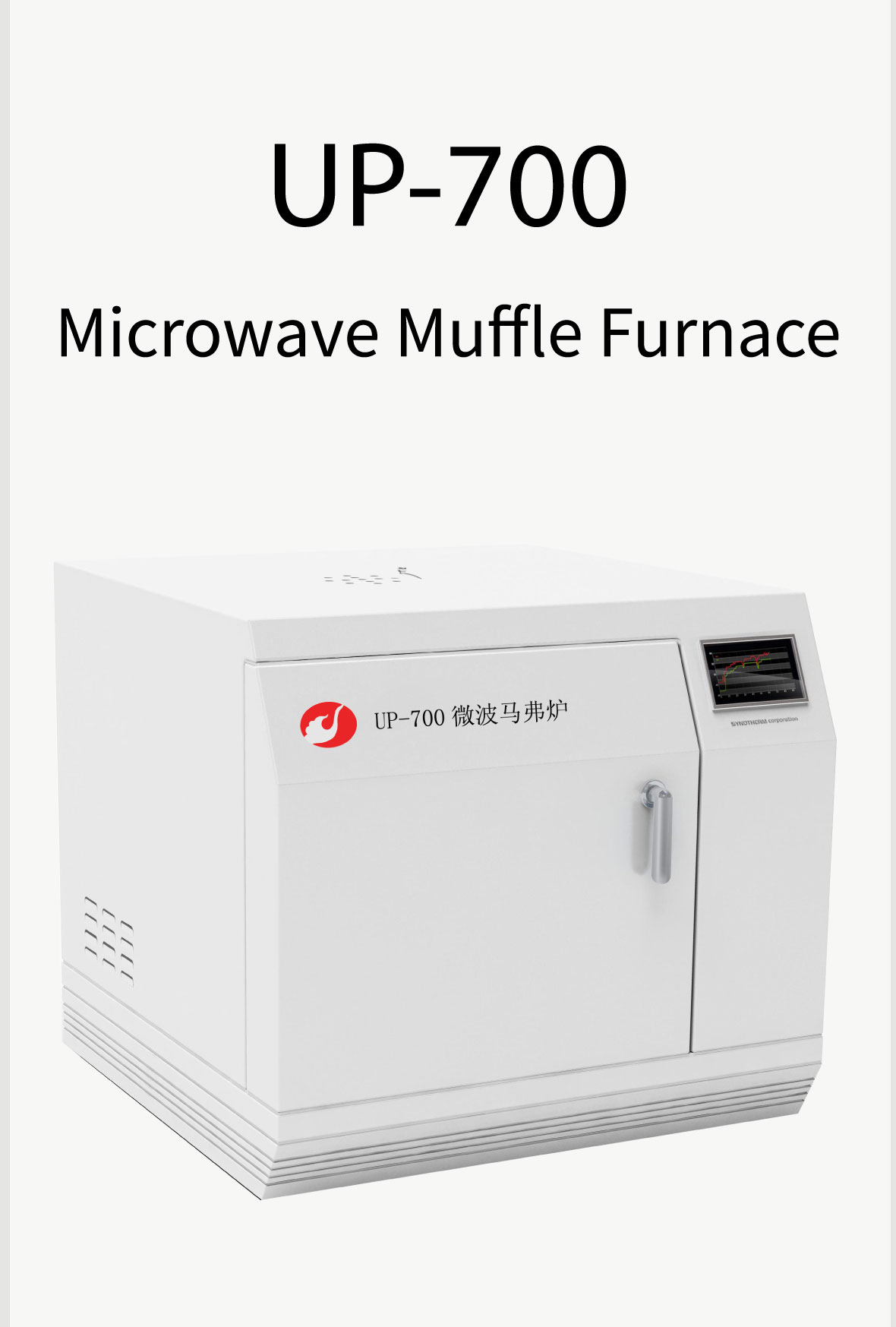
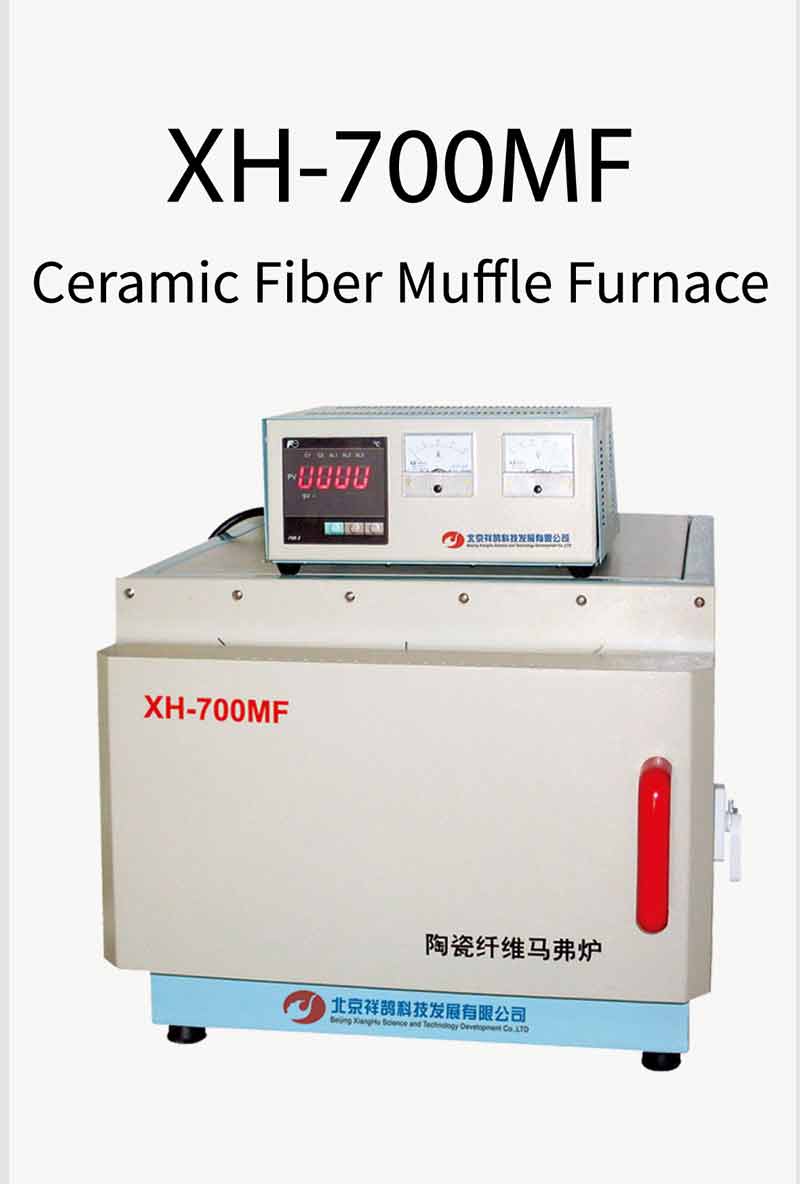
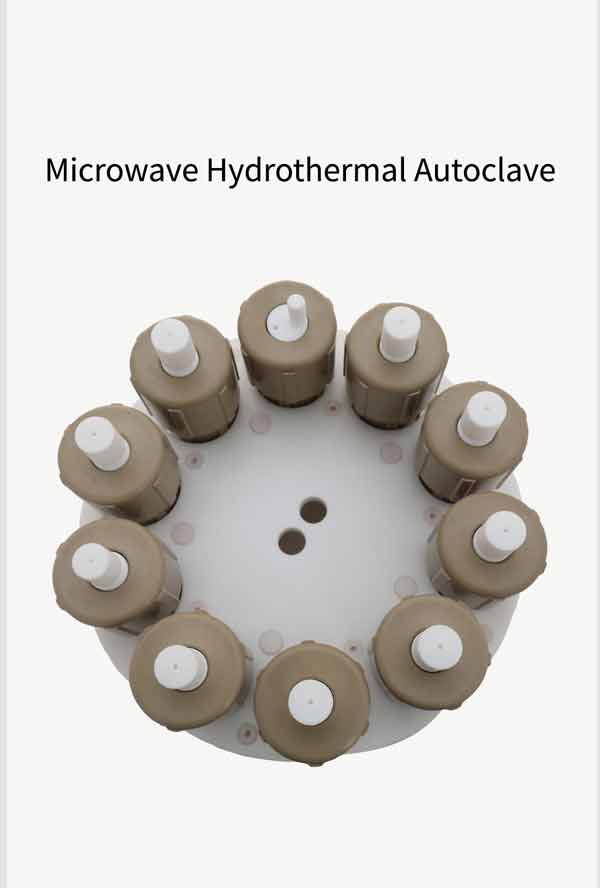
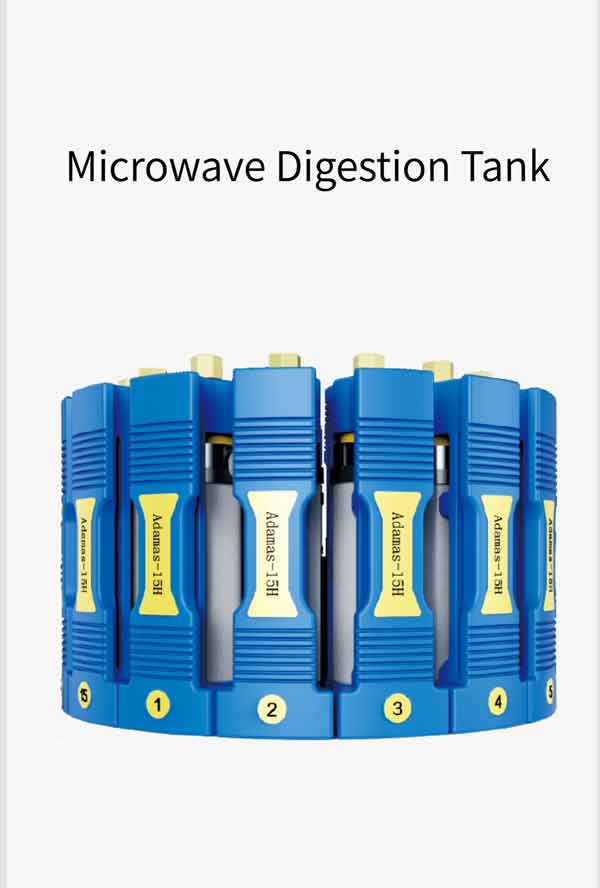


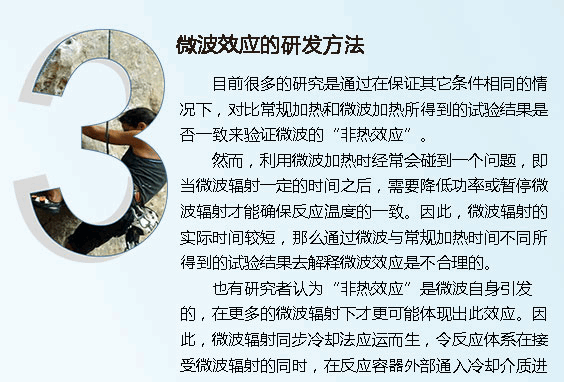
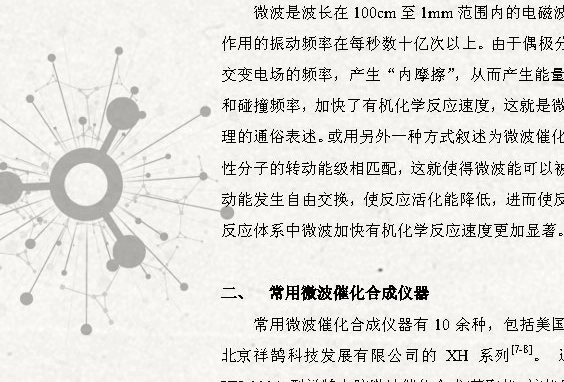
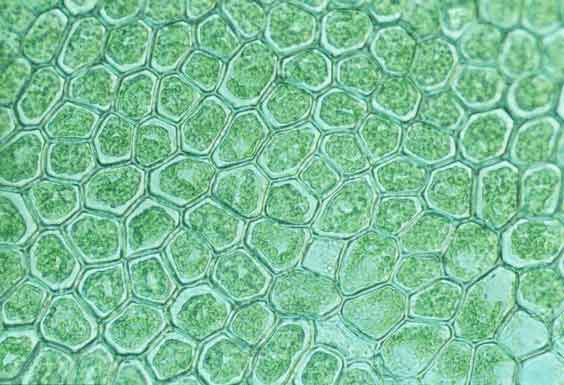
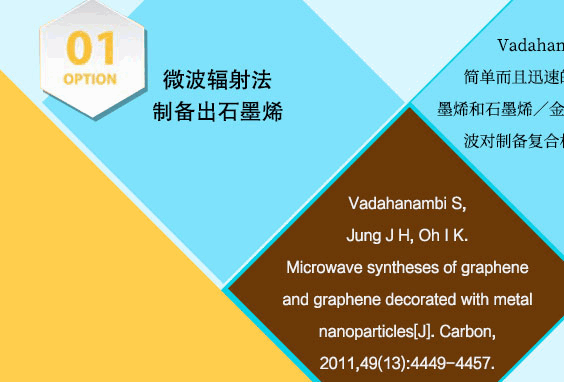
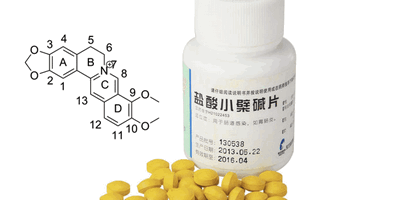
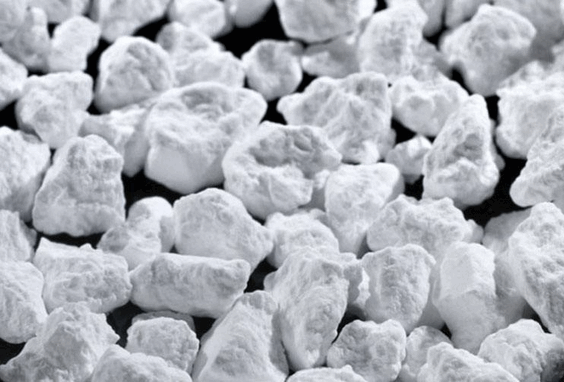
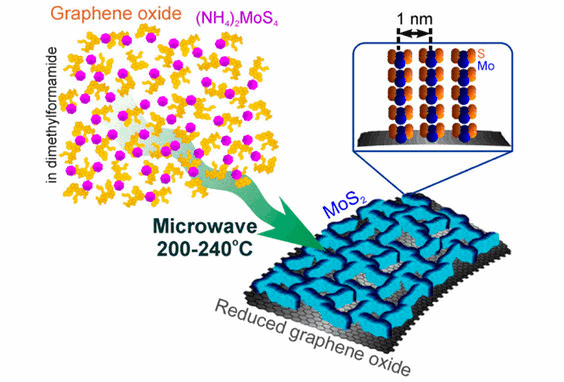
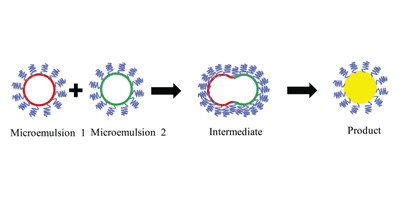

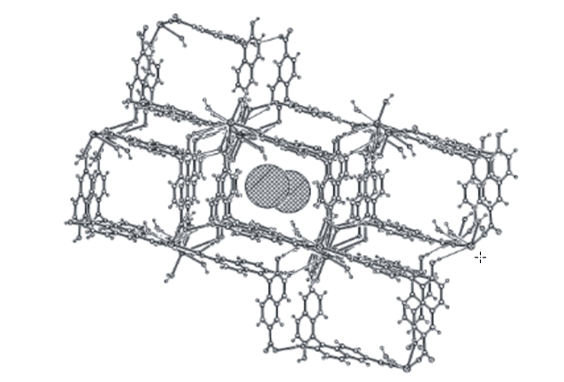
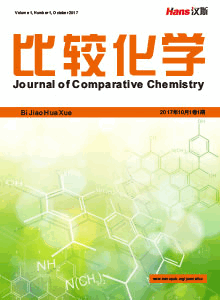






 京ICP备15050585号
京ICP备15050585号

